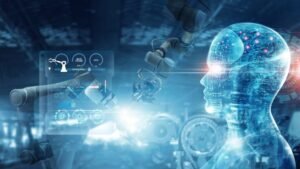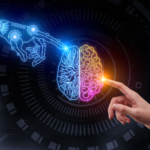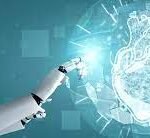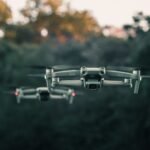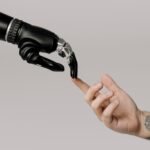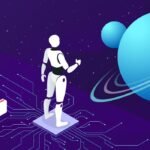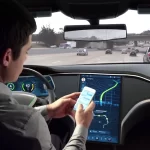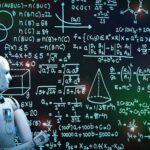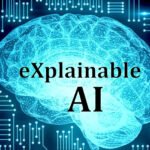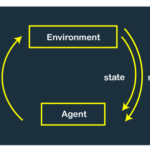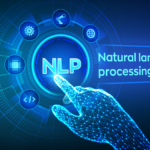Losing weight with AI
/ /
Losing weight can be a challenging journey for many individuals, often requiring significant lifestyle changes and dedication. Fortunately, advancements in artificial intelligence (AI) have opened up new possibilities for weight loss strategies. In this blog post, we will explore how AI can revolutionize the weight loss process and provide personalized guidance, support, and motivation to achieve your fitness goals.
- Personalized Meal Planning: AI-powered weight loss apps and platforms can analyze your dietary preferences, health goals, and medical history to create personalized meal plans. By considering your unique needs and restrictions, AI algorithms can suggest nutritious and balanced meal options that optimize calorie intake, macronutrient distribution, and portion sizes. With AI as your virtual nutritionist, you can make informed decisions about what to eat, promoting sustainable weight loss.
- Intelligent Fitness Tracking: AI-based fitness trackers and wearable devices offer more than just step counting. They leverage machine learning algorithms to analyze your movement patterns, heart rate, and sleep data, providing comprehensive insights into your overall fitness level. By monitoring and interpreting this information, AI algorithms can generate tailored workout recommendations, optimizing your exercise routine for efficient weight loss.
- Virtual Coaching and Support: Maintaining motivation and accountability is crucial for long-term weight loss success. AI-powered virtual coaches and chatbots can provide 24/7 support, answering questions, offering encouragement, and tracking your progress. These virtual companions can simulate human-like conversations, adapting their responses based on your needs and emotions, providing the necessary support to stay on track even during challenging times.
- Behavioral Analysis and Habit Formation: AI algorithms can analyze your behavior patterns, identifying potential obstacles or triggers that may hinder your weight loss progress. By recognizing these patterns, AI can offer personalized strategies to overcome them. Additionally, AI-based apps can leverage gamification techniques to make the weight loss journey more engaging and enjoyable, helping you build healthy habits and sustain your progress.
- Data-Driven Insights: AI algorithms thrive on data, and leveraging the power of data analysis can provide valuable insights into your weight loss journey. By tracking your progress, analyzing trends, and correlating various factors, AI can offer actionable recommendations to optimize your approach. These insights can include adjustments to your meal plans, exercise routines, or even personalized stress-management techniques, ensuring you stay on the right track towards your weight loss goals.
Posted in Blogs



